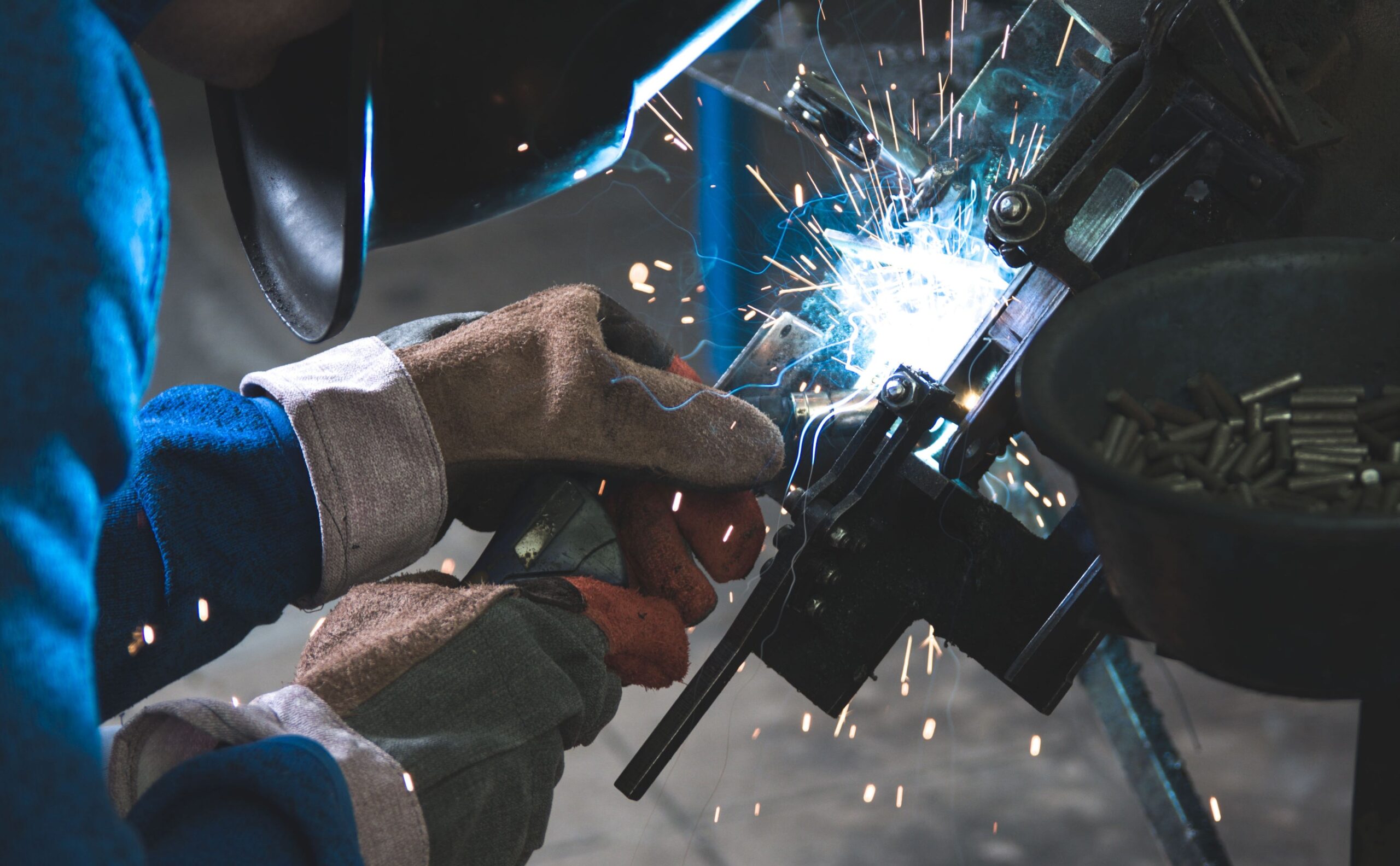How to Pick Out the Right Working Gloves
A pair of gloves is essential while working at home or in the workplace. Apart of having a pair of gloves available with you does not solve all the problems while working. To be safe with the gloves on, is an important aspect, and the main concern, so to avoid such situations one should always go for choosing the right pair of gloves. All major or minor accidents or injuries occur because the wrong glove was selected.
Here Are Some Useful Tips to Pick the Correct Working Gloves:
(1) A pair of gloves is necessary for the protection of your hands from the products you are working with. While handling some products there are chances of the hands getting injured, to avoid such instances a pair of gloves is needed.
(2) In some workplaces there are possibilities of the product being damaged or contaminated due to the touch or interaction of the bare hands. Another main motive to wear gloves is to protect the product from the user.
There are many types of gloves available today to protect against a wide variety of hazards. Here are some appropriate gloves for the hazards:
Mechanical Hazards: These hazards can be at your home or at workplace, these occur when you handle rough or sharp objects which could abrade, cut or pierce the skin, such as glass, thin metal sheet and masonry blocks. Metal mesh gloves are used to protect hands form accidental cuts and scratches. They are used most commonly by persons working with cutting tools or other sharp instruments.
Chemical Hazards: This hazard can be prevented by wearing gloves made of rubber, neoprene, polyvinyl alcohol or vinyl, etc. The gloves protect hands from corrosives, oils, and solvents. The following table is provided as a guide to the different types of glove materials and the chemicals they can be used against. When selecting chemical resistance gloves, be sure to consult the manufacturers’ recommendations, especially if the gloved hand will be immersed in the chemical. Thermal Hazards – Heat or Cold: Thermal hazards come in many forms. Heat can be radiated or conducted, or it may be actual flames. Cold can be anything from cold water to frozen gases. It is important that we know the type of hazard, and the temperature involved in order to recommend suitable protection. Aluminized gloves and fabric gloves made of cotton or fabric blends are generally used to improve grip when handling slippery objects. They also help insulate hands from mild heat or cold.
Leather Gloves: These gloves are used to guard against injuries from sparks or scraping against rough surfaces. They are also used in combination with an insulated liner when working with electricity.
Aluminized Gloves: Gloves made of aluminized fabric are designed to insulate hands from intense heat. These gloves are most commonly used by persons working molten materials.

